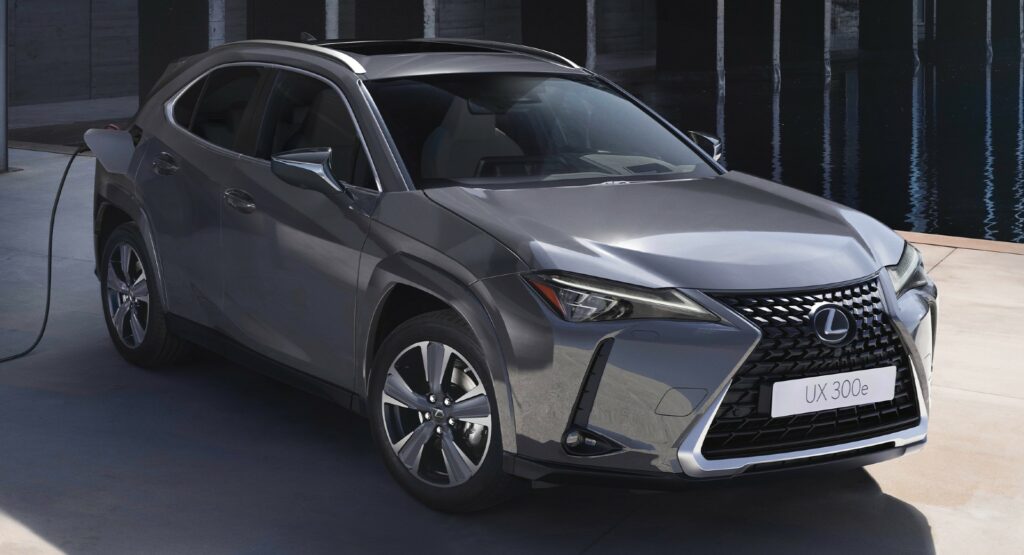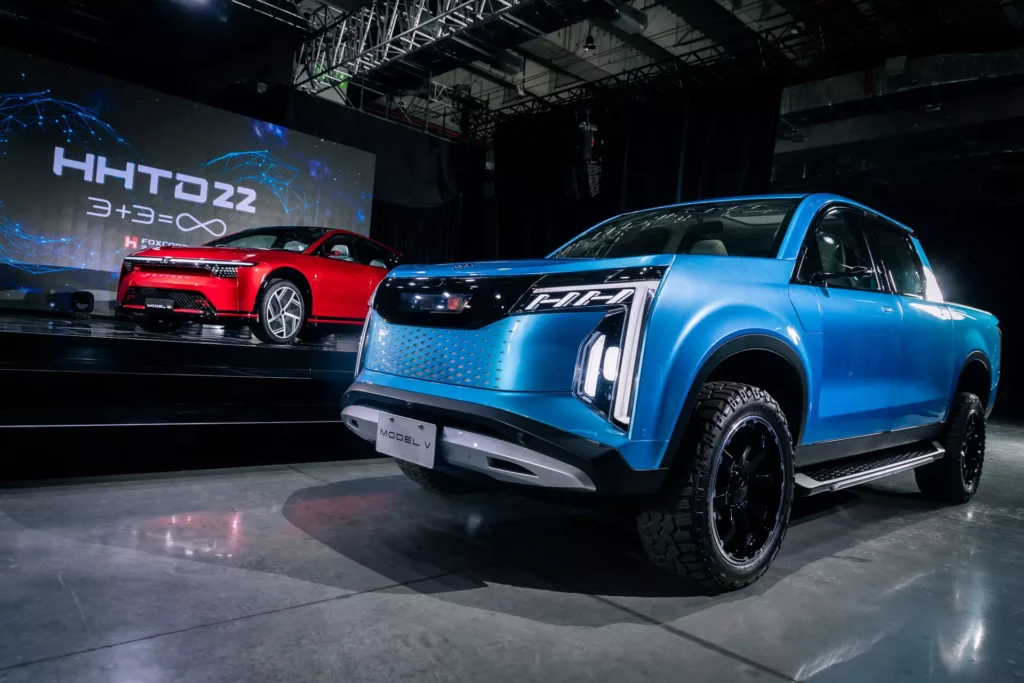Genesis Quietly Stops Building Its US-Made EV Amid Struggling Sales

- Through the first seven months of this year, Genesis built just 1,367 examples in the US.
- Genesis announced an update to the GV70 range for the 2026 model year in November.
- The updated SUV includes a larger 84 kWh battery pack, replacing the old 77.4 kWh unit.
Less than two weeks after news broke that Genesis had dropped the Electrified G80 from its US line-up, production of the all-electric GV70 has also been put on hold. The company maintains the pause is only temporary, though the timing raises questions about the SUV’s future. For now, the situation doesn’t reflect particularly well on the brand’s electric strategy.
Read: Americans Ignored Genesis’ Electric Sedan So Hard It’s Already Dead
News of the production pause surfaced earlier this week through Business Korea, which reported that Hyundai Motor’s Alabama plant stopped building the Electrified GV70 back in June. The outlet went further, suggesting the move was not just a pause but the permanent removal of the electric SUV from the assembly line.
Troubled Start For Local Production
Genesis has been building the Electrified GV70 in Alabama since February 2023, and it remains the only EV that it produces in the United States. Sales, however, have been underwhelming. Between January and July this year, just 1,367 units were assembled, a decline of 18.3 percent compared with the same period last year. March was especially weak, with only 93 vehicles completed.
The automaker has confirmed that production of the Electrified GV70 has indeed been halted in Alabama, but it insists it is only a temporary measure and that manufacturing will resume soon.

Official Response
“Genesis has temporarily paused assembly of the Electrified GV70 at Hyundai Motor Manufacturing Alabama (HMMA) as we optimize our production plans,” a Genesis spokesperson told Carscoops. “Electrified GV70 production is planned to resume for the US market, with details to be announced at a later date. The Electrified GV70 remains available at US retailers at this time without disruption. Along with the GV60 SUV, Genesis will continue to offer an EV lineup that meets the needs of US consumers.”
While Genesis says the electric SUV isn’t going anywhere, it clearly faces pressure to spark more interest among buyers. Toward the end of November, the model was refreshed for the 2026 model year, gaining a larger 84 kWh battery pack to replace the previous 77.4 kWh unit. The upgrade suggests Genesis isn’t ready to walk away from the electric SUV, even if sales have yet to match expectations.
































